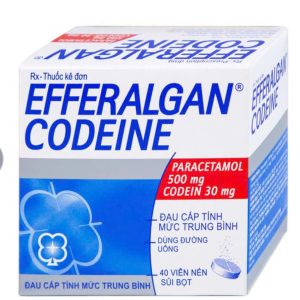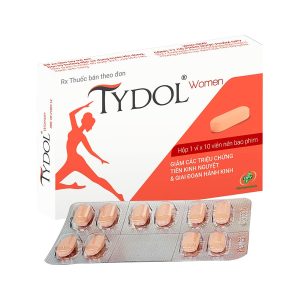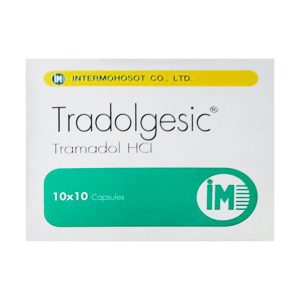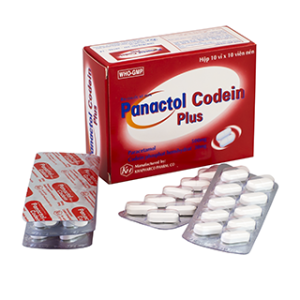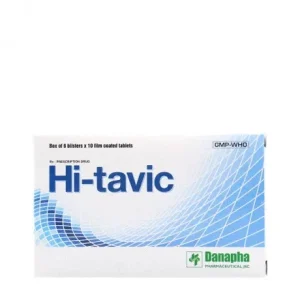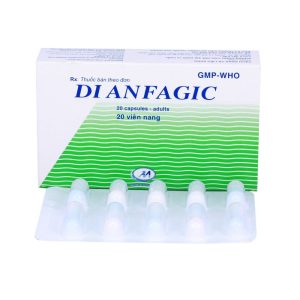We deliver to you every day from 7:00 to 23:00
The best discounts this week
Every week you can find the best discounts here.
Pain Patches: Effective, Convenient Relief for Chronic and Acute Pain
Pain is a universal experience, and managing it can be a challenge. Fortunately, pain patches offer a convenient, targeted solution for relieving discomfort. Whether you’re dealing with chronic pain, muscle aches, or joint pain, pain patches provide a discreet and effective method for delivering relief directly to the affected area.
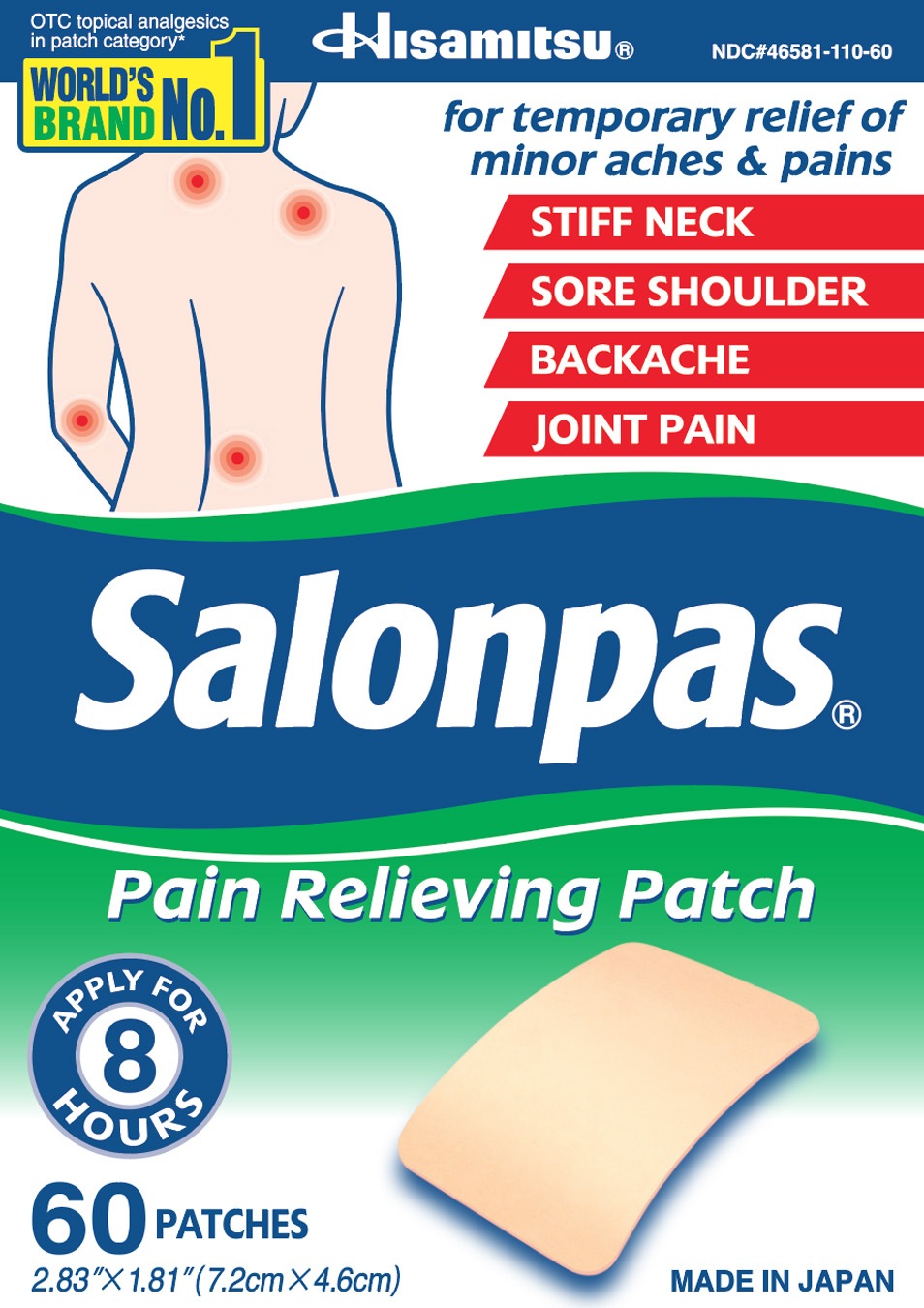
What Are Pain Patches?
Pain patches are a type of topical medication designed to be applied directly to the skin to treat pain. These patches are typically infused with active ingredients like menthol, lidocaine, or capsaicin that help to alleviate pain at its source. The patch slowly releases medication over a period of time, allowing for consistent, long-lasting relief.
These patches are most commonly used for localized pain, such as sore muscles, arthritis, and back pain. Their easy-to-use design and ability to target specific areas make them an excellent choice for pain management.
How Do Pain Patches Work?
Pain patches are designed to work by delivering active ingredients through the skin. These ingredients can work in various ways to relieve pain, such as:
-
Numbing the area: Patches with lidocaine or other local anesthetics work by numbing the pain receptors in the skin, providing immediate relief.
-
Reducing inflammation: Some patches contain NSAIDs (nonsteroidal anti-inflammatory drugs) like ibuprofen or diclofenac, which reduce inflammation in the muscles and joints.
-
Increasing blood flow: Ingredients like menthol and capsaicin can help increase circulation, which promotes healing and reduces pain by soothing the affected area.
Pain patches are designed for continuous, targeted relief, allowing you to go about your day without worrying about constantly reapplying pain relief products.
Types of Pain Patches
There are several types of pain patches, each designed for different types of pain and levels of intensity. Below are some of the most popular options available:
1. Lidocaine Patches
Lidocaine patches are one of the most widely used types of pain patches. Lidocaine is a local anesthetic that works by numbing the area where it is applied, which provides immediate relief from pain.
-
How It Works: Lidocaine blocks pain signals sent from the nerves to the brain, providing effective numbing to the affected area.
-
Common Products: Salonpas Lidocaine, Lidoderm Patch.
-
Uses: Ideal for nerve pain, muscle pain, and minor aches.

2. Menthol and Methyl Salicylate Patches
Menthol and methyl salicylate are common ingredients in pain relief patches. These ingredients create a cooling or heating sensation that distracts the brain from pain, while also improving blood circulation to the area.
-
How It Works: The cooling effect of menthol helps to relieve pain, while methyl salicylate (similar to aspirin) works to reduce inflammation.
-
Common Products: Biofreeze, Icy Hot Patch.
-
Uses: Effective for muscle soreness, joint pain, and minor arthritis pain.
3. Capsaicin Patches
Capsaicin is the active ingredient in chili peppers that provides a warming sensation. It is often used in patches to treat conditions like arthritis, muscle pain, and nerve pain.
-
How It Works: Capsaicin reduces pain by depleting substance P, a chemical that transmits pain signals to the brain. It can take a few days of use before significant relief is felt.
-
Common Products: Qutenza Patch, Capzasin.
-
Uses: Great for arthritis, nerve pain, and muscle pain.

4. NSAID Patches
NSAID patches contain anti-inflammatory drugs like diclofenac and ibuprofen, which work to reduce swelling and inflammation at the source of pain.
-
How It Works: NSAID patches deliver the active ingredients directly to the pain site, allowing for effective local relief without the gastrointestinal side effects of oral medications.
-
Common Products: Voltaren Gel, Flector Patch.
-
Uses: Best for joint pain, muscle pain, and arthritis.
5. Herbal Patches
Some pain patches rely on natural ingredients to relieve pain. These patches often contain extracts like arnica, turmeric, and willow bark, which have been shown to have anti-inflammatory and pain-relieving properties.
-
How It Works: These herbal ingredients work by reducing inflammation and soothing muscles or joints.
-
Common Products: Thera-gesic, Tiger Balm Patch.
-
Uses: Effective for muscle pain, joint pain, and minor aches.

Benefits of Pain Patches
Pain patches offer several advantages over traditional oral pain medications, making them a popular choice for many people. Some key benefits include:
-
Targeted relief: Pain patches are applied directly to the affected area, providing concentrated relief exactly where it’s needed.
-
Convenience: Patches are easy to apply and discreet, making them perfect for on-the-go pain management.
-
Long-lasting effects: Many patches deliver a steady stream of medication over several hours, providing continuous relief throughout the day or night.
-
Fewer side effects: Since the medication is localized, pain patches tend to have fewer systemic side effects compared to oral medications.
How to Use Pain Patches
To get the most effective results from a pain patch, it’s important to use it correctly. Here’s how to apply a pain patch:
-
Clean the area: Wash the area where you’ll be applying the patch with soap and water, and dry it thoroughly.
-
Apply the patch: Peel off the protective backing and apply the patch to the affected area.
-
Press it down: Make sure the patch adheres firmly to your skin.
-
Remove after the recommended time: Follow the manufacturer’s instructions for how long to leave the patch on. Most patches are designed to stay in place for 8-12 hours.
-
Wash your hands: After handling the patch, wash your hands thoroughly to avoid getting the active ingredients on your face or other sensitive areas.
Risks and Side Effects of Pain Patches
While pain patches are generally safe, there are some potential risks to keep in mind:
-
Skin irritation: Some people may experience redness, itching, or rash at the application site.
-
Allergic reactions: Rarely, people may have an allergic reaction to the active ingredients in the patch, such as menthol or lidocaine.
-
Overuse: Using pain patches for too long or too often can cause skin irritation or other side effects.
If you experience any unusual reactions, remove the patch immediately and consult your healthcare provider.
FAQs About Pain Patches
1. How long do pain patches take to work?
Most pain patches provide relief within 30 minutes to 1 hour of application, depending on the type of patch and the active ingredients.
2. Can I use a pain patch with other medications?
In most cases, yes, but it’s important to check with your healthcare provider to ensure there are no potential interactions with other medications you may be using.
3. Are pain patches safe for long-term use?
Pain patches are generally safe for short-term use, but you should consult your healthcare provider if you plan to use them long-term, especially if you have any underlying health conditions.
4. Can pain patches be used on broken skin?
No, you should avoid applying pain patches to broken or irritated skin. Doing so may increase the risk of irritation or other complications.
Conclusion
Pain patches are a convenient, effective, and targeted way to relieve pain, especially for those dealing with localized discomfort. With various options available—ranging from lidocaine to menthol, capsaicin, and herbal patches—there’s a solution for everyone. Whether you’re managing muscle soreness, joint pain, or nerve discomfort, pain patches provide a simple, hassle-free method for obtaining relief.

